Vea un video de la técnica AQUI
Access, Flaring, Working Length, Canal Patency
Make access and flare the coronal 4 to 5 mm with Gates-Glidden Drills or Orifice Openers (see our
StraightLine Access Technique Guide). Determine working length (WL) with an electronic foramen
locator (recommended). Ensure canal patency to WL with a #15 K- file.
Step 1: Instrument the Apical Part of the Canal and Determine the Final Apical Size
Begin with the LSX #20. If #20 does not go easily to WL, further enlarge canal with #20 K-file. Continue
with sequentially larger sizes until the apical part of the canal is prepared to the correct Final Apical Size
(FAS*). This is the size that requires a firm push in the final apical 4 mm to advance it to WL.
Determining the FAS will become intuitive with experience. See Figure A for Average Final Apical Sizes.
The FAS defines the Working Width (WW). It is the instrument size that is slightly larger than the
original apical canal diameter. The FAS mechanically cleans the apical canal walls. See Figure B,
Apical Cross-Section.
*Also called the Master Apical File (MAF) or Master Apical Rotary (MAR)
Instrumentation Guideline
With the handpiece rotating, enter the canal and slowly advance the LSX apically. If there is no resistance (common with smaller sizes) keep advancing to WL. If there is resistance (blade engages walls), pause there for a moment, and then advance to WL with a slow, continuous pushing motion. Sometimes a LSX will not advance to WL because of a sharp curve (usually at the very end of the canal). Instead of using force, take the LSX out of the handpiece and try it by hand (see Hand Instrumentation below). In very rare instances, a #20 or #25 K-file is required to smooth out the curve.
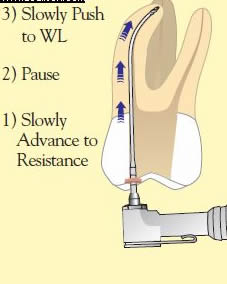
Hand Instrumentation
Use a continuous clockwise (or counterclockwise) motion while applying firm apical pressure. Remove the instrument periodically to clean the blade and irrigate the canal. Continue with sequentially larger LSX
instruments until the canal is enlarged enough with hand instrumentation to allow the next larger LSX to advance to WL while rotating in the handpiece.
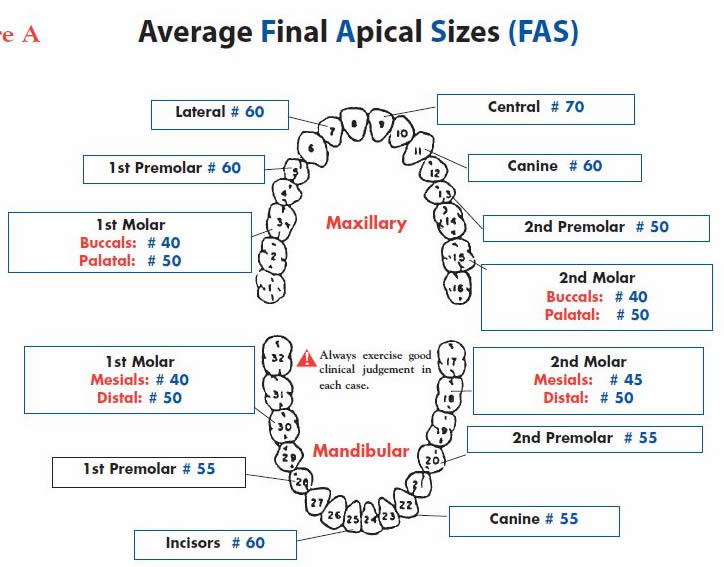
Step 2: Complete Apical Shaping
Instrument 4 mm short of WL with the next larger instrument (than the FAS). This shapes the apical 5 mm to accept the 5 mm SimpliFill Apical Plug used for obturation.
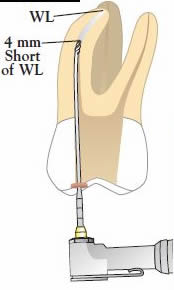
Step 3: Instrument Mid-Root
Instrument the remaining 4 to 5 mm of the mid-root with sequentially larger instruments. Advance to resistance, pause, then push 2 to 3 mm apically.
BE CAREFUL NOT to advance any instrument to within 5 mm of WL as this may result in a loose fitting SimpliFill Plug. Repeat this step until reaching a size that will not easily advance past the coronal third of the canal. Mid-root instrumentation usually requires 3 instruments.
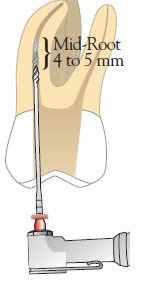
Step 4: Recapitulate
Using the FAS rotating in the handpiece, recapitulate to WL and:
1) Confirm that the canal is prepared so that the FAS goes easily to WL without
encountering any obstructions
2) Confirm that the WL was maintained
3) Then stop the handpiece rotation and confirm the existence of an apical stop by attempting to push the FAS past the WL. The FAS should not advance past WL.
Step 5: Final Irrigation*
1) Irrigate with NaOCL (or irrigant of your choice), suction and dry
2) Rinse with EDTA, suction and dry
3) (Optional) Irrigate with CHX, suction and dry.
Once you have confirmed that the canal is clean and free of debris the canal is ready for obturation.
Do Not
Do not push hard or force LightSpeed instruments
Do not instrument in a dry or semi-dry canal. Instead, instrument with liquid EDTA in the canal
Do not exceed 3000 RPM or go below 2000 RPM
Do not overuse LightSpeed instruments
Do not use LightSpeed without rubber dam
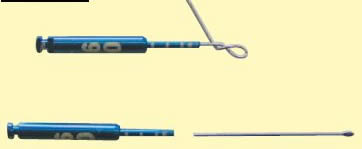
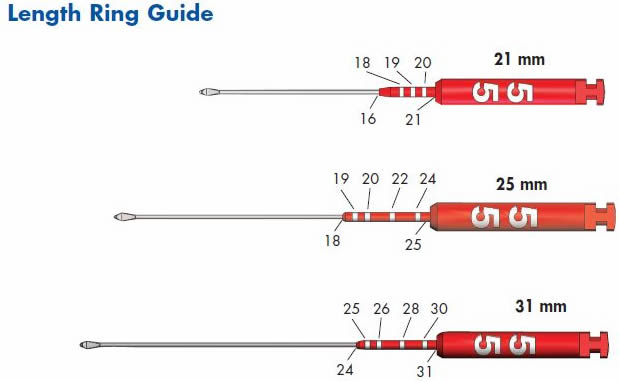
ir a INICIO

